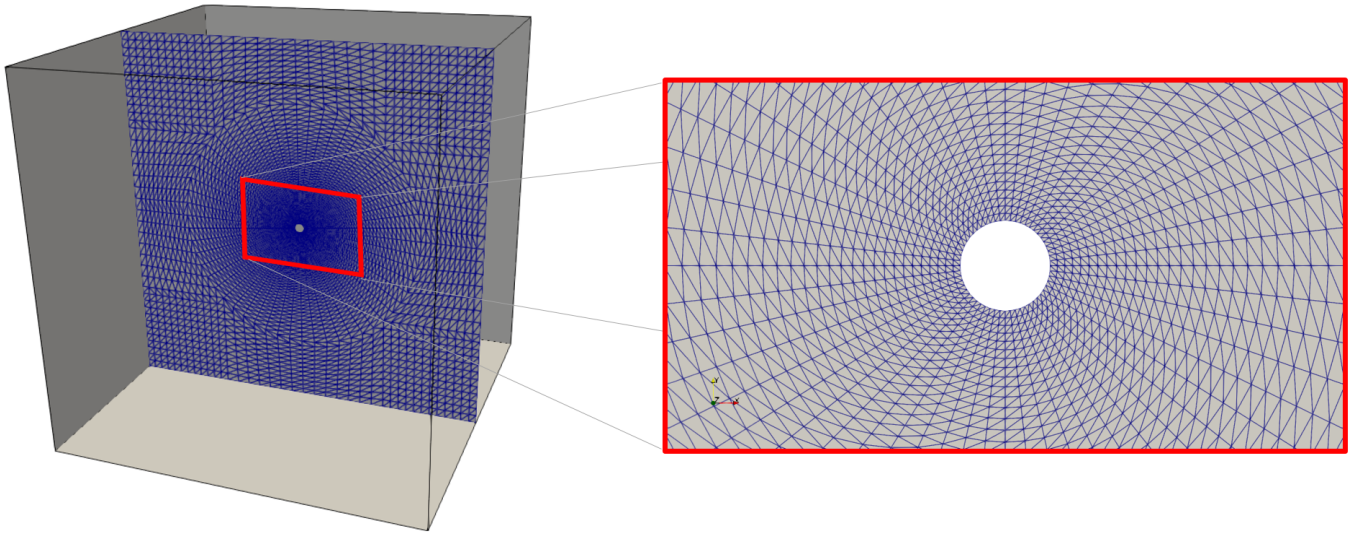Direct numerical simulation of a fully-resolved oxidising iron particle
- Workgroup:Simulation of Reacting Thermo-Fluid Systems
- Type:Ba/Ma
- Date:immediately
- Supervisor:
- Background knowlegde:
Students of chemical engineering/process engineering (or similar) interested in numerical work. Knowledge of numerical flow simulation or fluid mechanics, as well as programming skills (e.g. C/C++, Python, Matlab or similar) can make it easier to get started, but are not required.
-
Ort: CS
Motivation:
Solid fuel combustion is still one of the most widespread energy conversion technologies. Fossil fuels are still the most dominating energy source, but due to their polluting nature, limited availability, greenhouse emission and climate change impact, a need for alternative energy is inevitable. A promising emission-free technology for future energy systems is the oxidation of iron and the potential of using existing coal power plant infrastructures. When combining iron oxidation with the reverse iron oxide reduction process, based on renewable energy sources (wind and solar), a sustainable circular zerocarbon energy economy can be developed.
Project description:
In this project, a newly developed numerical solver for the oxidation of iron particles will first be validated with the help of reference data. Subsequently, the solver will be extended to predict the physical processes of evaporation and nanoparticle formation that can occur during oxidation. The particle is located in the centre of a calculation space, see Fig. 1. The calculation space is discretised into different cells and grid points so that the numerical method of the finite volume method can be applied to the conservation equations of mass, momentum, energy and species. The grid is refined in the direction of the particle surface to resolve all momentum, mass, and energy exchange phenomena across the particle boundary layer. The interior of the iron particle itself is not resolved but modelled using a 0D approach. The project aims to develop and validate a complete DNS model for iron particle ignition, combustion and nanoparticle population balance.

Figure 1: Discretisation of the computational domain of an iron particle.
Tasks:
- Literature review to gain knowledge of fully-resolved reacting particle simulations and the physical processes of iron oxidation
- Familiarise with the basics of numerical methods, computational uid dynamics and OpenFOAM
- Perform simulations for oxidising iron particles and validate the results with experimental and numerical reference data
- Extend the solver to include the processes of evaporation and nanoparticle balance
- Evaluation and interpretation of the simulation results
- Documentation (Bachelor/Master thesis) and presentation of the project
Learning objectives:
- Learn the usage of the computational uid dynamics software OpenFOAM (CFD)
- Solve complex engineering problems independently
- Understanding the methodology and modelling of reactive multiphase flows
- Code and model development in the programming language C/C++
- Presentation, interpretation and evaluation of simulation results
- Writing and defence of a scientic work
Responsible:

